How to Become a QA Engineer: A Complete Roadmap
How to Become a QA Engineer: A Complete Roadmap
by Codemify Team
Breaking into tech might feel overwhelming, especially if you’re starting from zero — but it’s way more doable than you think. I’ve been there.
Years ago, I moved to the U.S., worked on a farm, and had no idea what QA even meant. But with the right guidance and a little persistence, I learned everything from scratch and landed my first job in tech.
At Codemify, we’ve helped thousands of people — immigrants, career switchers, and folks with zero technical background — build real QA skills and get hired. This roadmap is based on what actually works: a practical, no-fluff guide to becoming a QA Engineer (Manual and Automation).
We created it to show you exactly what you need to learn, step by step. Whether you’re just curious or already learning with us, save this post — it’s your personal roadmap to a high-paying QA career.
Let’s dive in.
Breaking into tech might feel overwhelming, especially if you’re starting from zero — but it’s way more doable than you think. I’ve been there.
Years ago, I moved to the U.S., worked on a farm, and had no idea what QA even meant. But with the right guidance and a little persistence, I learned everything from scratch and landed my first job in tech.
At Codemify, we’ve helped thousands of people — immigrants, career switchers, and folks with zero technical background — build real QA skills and get hired. This roadmap is based on what actually works: a practical, no-fluff guide to becoming a QA Engineer (Manual and Automation).
We created it to show you exactly what you need to learn, step by step. Whether you’re just curious or already learning with us, save this post — it’s your personal roadmap to a high-paying QA career.
Let’s dive in.
🧩 Step 1: Understand the Basics of Manual Testing

Before diving into automation, it's crucial to grasp the fundamentals of manual testing.
Key Topics:
Watch:
Key Topics:
- What is QA and how it fits into the software development process
- SDLC & STLC: Learn the Software Development Life Cycle and Software Testing Life Cycle to understand the stages of software creation and testing.
- Types of testing: Functional, Regression, Smoke, Exploratory, etc.
- Test Case Design: Master the art of creating effective test cases that cover various scenarios.
- Bug Reporting: Familiarize yourself with tools like Jira for tracking and reporting defects.
- Hands-on Testing: Gain experience in web, mobile, and API testing using tools like Postman.
Watch:
🧰 Step 2: Learn Essential QA Tools
Proficiency in industry-standard tools is vital for a QA Engineer.
Tools to Explore:
Watch:
Once the basics are covered, go deeper:
Tools to Explore:
- Jira – for tracking bugs and managing sprints
- TestRail or Google Sheets – for writing test cases
- Postman – for testing APIs and understanding request/response
- Chrome DevTools – to inspect elements and debug websites
- Trello / Notion – for managing tasks during practice projects
Watch:
Once the basics are covered, go deeper:
- Learn black-box vs white-box testing
- Practice test design techniques like boundary value analysis
- Understand release pipelines and how QA supports deployment
- Try exploratory testing on live websites
- Learn how to test real-world apps (web, mobile, and API)
💻 Step 3: Explore Web Structure and Basic Technical
Skills You don’t need to become a developer, but you should understand how apps are built:
- Learn HTML, CSS, and JavaScript basics
- Use browser dev tools to locate elements
- Understand how frontend connects to backend via APIs
- Get familiar with JSON, status codes, and API architecture
💻 Step 4: Build Your Automation Foundation
- Once you’re confident with manual testing, it’s time to level up with automation — the skill that gets you higher salaries and more job opportunities.
Roadmap for becoming an Automation QA Engineer:
Transitioning from manual testing to automation is a significant leap in a QA engineer's career. This roadmap provides a structured approach to mastering QA Automation, incorporating essential tools, frameworks, and best practices.
🔧 Step 1: Set Up Your Automation Environment
Terminal & Bash Basics: Navigate directories, manage files, and understand command-line operations.
Version Control with Git & GitHub: Learn to clone repositories, commit changes, and handle branches.
Development Tools:
Version Control with Git & GitHub: Learn to clone repositories, commit changes, and handle branches.
Development Tools:
- VS Code: Set up and configure for efficient coding.
- Node.js & NPM: Install and manage packages essential for automation frameworks.
🖥️ Step 2: Understand Web Technologies
HTML & CSS:
- Grasp the structure and styling of web pages.
- Identify elements for creating effective selectors in tests.
- Variables, data types, and operators.
- Control structures: loops and conditionals.
- Functions and error handling.
🧪 Step 3: Dive into Test Automation Frameworks
Cypress:
- Set up and configure for UI testing.
- Write and execute test scripts.
- Understand the Page Object Model.
- Send HTTP requests and validate responses.
- Integrate API tests into your test suites.
🔄 Step 4: Implement Continuous Integration/Continuous Deployment (CI/CD)
GitHub Actions:
- Automate test execution on code commits.
- Set up workflows for continuous testing.
- Configure pipelines for automated testing and deployment.
☁️ Step 5: Leverage Cloud Services for Scalable Testing
Cloud Platforms:
- Integrate with AWS, GCP, or Azure for testing in diverse environments.
- Utilize services like LambdaTest for cross-browser testing
📚 Step 6: Enhance Your Skills with Advanced Topics
Advanced JavaScript:
- Asynchronous programming: Promises and async/await.
- ES6+ features and modern JavaScript practices.
- Understand arrays, objects, and common algorithms to write efficient tests.
🎯 Step 7: Prepare for the Job Market
Portfolio Development:
Watch: QA Automation Engineer Roadmap - How to Become a QA Tester
- Document your projects on GitHub.
- Write blogs or create videos demonstrating your automation skills.
- Practice common QA automation interview questions.
- Participate in mock interviews and coding challenges.
Watch: QA Automation Engineer Roadmap - How to Become a QA Tester
📝 Final Thoughts
Embarking on a QA career is a journey of continuous learning and adaptation. By following this roadmap and leveraging resources like Codemify's comprehensive courses, you're well on your way to a rewarding career in QA.
Explore Codemify's Programs: Manual & Automation QA Courses
📺 Recommended Resources
Explore Codemify's Programs: Manual & Automation QA Courses
📺 Recommended Resources
Schedule a FREE 15-minute consultation with Sergii to discuss your testing career and job opportunities.
Limited slots are available!
Limited slots are available!

